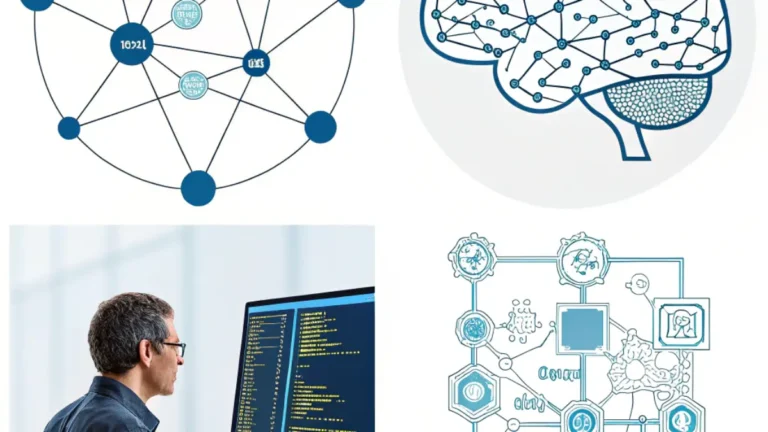
In a world where technology forms the backbone of almost every organization, it is becoming increasingly important to work both smarter and greener. IT is no longer just a tool to support processes but also a factor that directly impacts the environment, costs, and society. Those who choose sustainable IT solutions are not only thinking green but also working smarter.
The link between IT and sustainability
The digital infrastructure that companies rely on daily, from laptops to data centers, carries a significant ecological footprint. Consider the energy consumption of servers, the production of new hardware, and the waste generated by decommissioned devices. By making conscious choices in IT management and usage, this footprint can be greatly reduced. Sustainable IT is not just about recycling but about managing the entire lifecycle of equipment more intelligently.
Working smarter through reuse
One of the most direct ways to work more sustainably is by extending the lifespan of existing hardware. Devices that no longer meet requirements in one department can often function perfectly in another. Reuse prevents unnecessary purchases of new equipment and saves valuable resources. It also ensures that the original investment is fully maximized. The principle of “refurbish instead of replace” is part of a broader circular approach, where technology delivers more value by staying in use longer. Organizations often collaborate with partners such as Circular IT group to securely process and reintroduce used equipment into circulation.
Energy efficiency as a strategic choice
In addition to hardware reuse, energy efficiency plays a vital role in smart and green working. Modern devices and infrastructures are often designed with lower power consumption in mind. By investing in energy-efficient servers, laptops, and networking systems, companies can not only reduce their ecological impact but also achieve long-term operational cost savings. The same applies to data centers, where cooling and energy management are crucial. Smart monitoring tools make it possible to continuously measure and optimize energy consumption.
Security and sustainability hand in hand
A frequently overlooked aspect of sustainable IT is data security. Old devices almost always contain sensitive information. When these devices are reused or recycled, it is critical that data is securely erased. This can be done through certified software or physical destruction of storage media. Combining secure data removal with sustainable hardware processing creates a win-win situation: organizations protect their privacy while contributing to a cleaner world.
The role of businesses and organizations
Transitioning to smarter and greener working requires vision and policy. Businesses play a key role by embracing circular strategies and embedding sustainability into their IT practices. This can include purchasing refurbished equipment, setting clear guidelines for hardware management, or partnering with specialized providers who process decommissioned equipment securely and responsibly. Organizations that do this effectively achieve not only environmental benefits but also strengthen their reputation as responsible players in the market.
Social and economic benefits
Working smart and green with IT impacts not only the planet but also society and the economy. Reducing e-waste means less strain on landfills and less demand for mining scarce raw materials. At the same time, new markets for refurbished devices emerge, making technology more accessible to schools, non-profits, and small businesses. Economically, this results in cost savings as well as new opportunities. A sustainable IT strategy, therefore, contributes to both healthy business operations and a better-functioning society.





